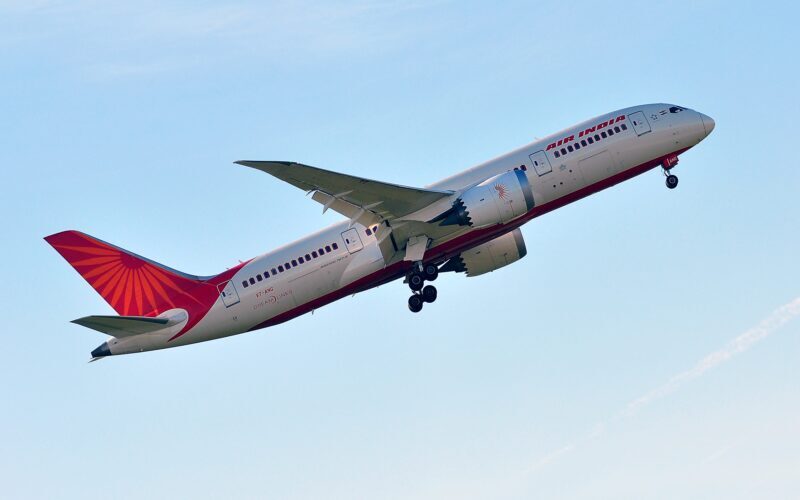Air India Explores Multi-Billion Dollar Order for New Widebody Jets

Air India is considering a significant order for dozens of widebody jets from Boeing and Airbus, as the airline continues its transformation under its new owner, Tata Group. Industry sources suggest that the potential order could involve 30 to 40 aircraft, split between the Airbus A350 and Boeing 777X models, with some indicating the deal might surpass 50 jets. However, the specifics are still being finalized, according to the sources.
“Things should become clearer closer to the Paris Air Show in June,” one source commented, requesting anonymity. An Air India spokesperson declined to comment on the speculation, and both Boeing and Airbus also refrained from providing details.
Expanding Fleet Amid Rapid Passenger Growth
This potential new widebody jet order follows a massive deal in 2023 for 470 planes from Boeing and Airbus, as well as another 100 Airbus jets last year. However, most of these aircraft were narrowbody models. The new widebody deal could significantly enhance Air India’s modernization efforts, aiming to regain market share that has been lost to global competitors.
Currently, Air India has 50 Airbus A350s, 10 Boeing 777Xs, and 20 787 Dreamliners on order. As international passenger traffic from India soars, with expectations of 15-20% growth in the current fiscal year ending March 31, the airline seeks to position itself for growth in the face of competition from global rivals.
The potential order also comes at a time when airlines are racing to secure production slots for widebody jets. After a rush on smaller narrowbody jets fueled by fast-growing airlines like IndiGo, there is now a heightened demand for larger aircraft to serve expanding international travel routes.
Challenges in Air India’s Transformation
Air India’s revival efforts under Tata Group are being closely monitored by investors, manufacturers, and lessors. The airline, which had a strong reputation for world-class service, suffered decades of decline under state ownership due to financial struggles, an aging fleet, and poor service. However, Tata Group’s efforts to modernize the airline have been hampered by significant aircraft delivery delays.
Earlier this week, Air India CEO Campbell Wilson stated that the global shortage of aircraft would persist for at least the next four years, due to ongoing pressures on the supply of engines, business class seats, and some fuselage components. As a result, Air India has been forced to continue using older aircraft while extending its five-year transformation plan.
Competitors and Market Share
In addition to dealing with delivery delays, Air India is also focusing on regaining market share from international competitors like Emirates, Lufthansa, and Turkish Airlines. These airlines have long attracted Indian travelers with their newer fleets and premium cabin offerings.
According to ICRA, Indian carriers account for 43-44% of outbound passenger traffic from India, while international airlines still maintain a lead.
Deliveries and Future Plans
In the near term, Air India, along with its low-cost subsidiary Air India Express, is expected to receive around 20 narrow and widebody aircraft this year, as noted by UK consultancy Cirium Ascend. As the airline continues to strengthen its fleet, the ongoing delivery of new aircraft will be critical to achieving Air India’s goal of restoring its position in the competitive global aviation market.
Related news: https://suspicious-zhukovsky.67-21-117-18.plesk.page/?s=Air+India
Sources: AirGuide Business airguide.info, bing.com, reuters.com
